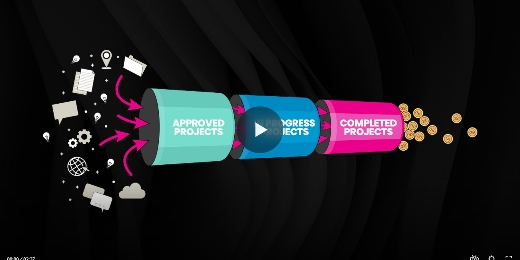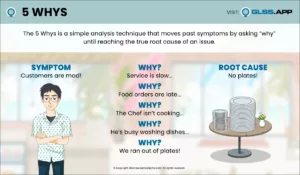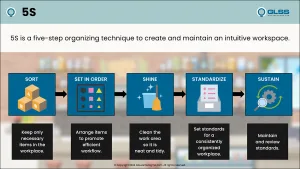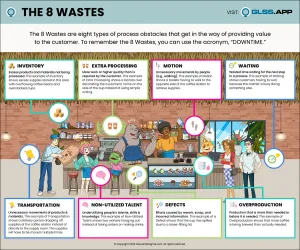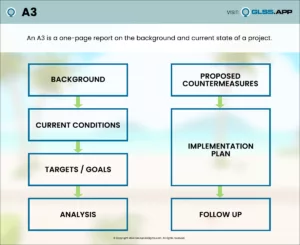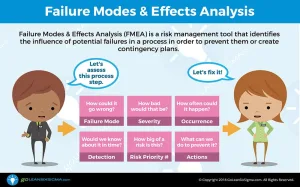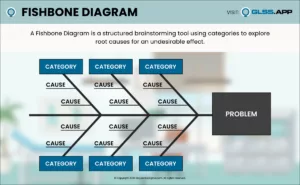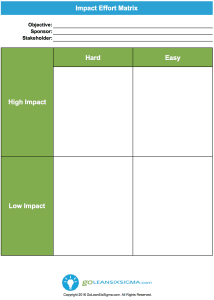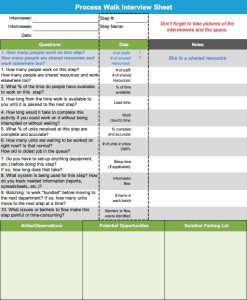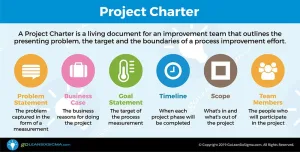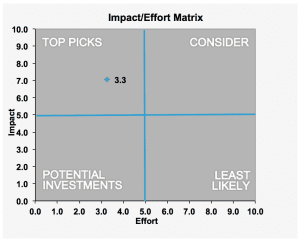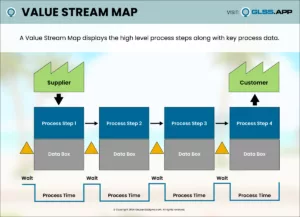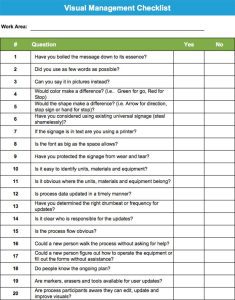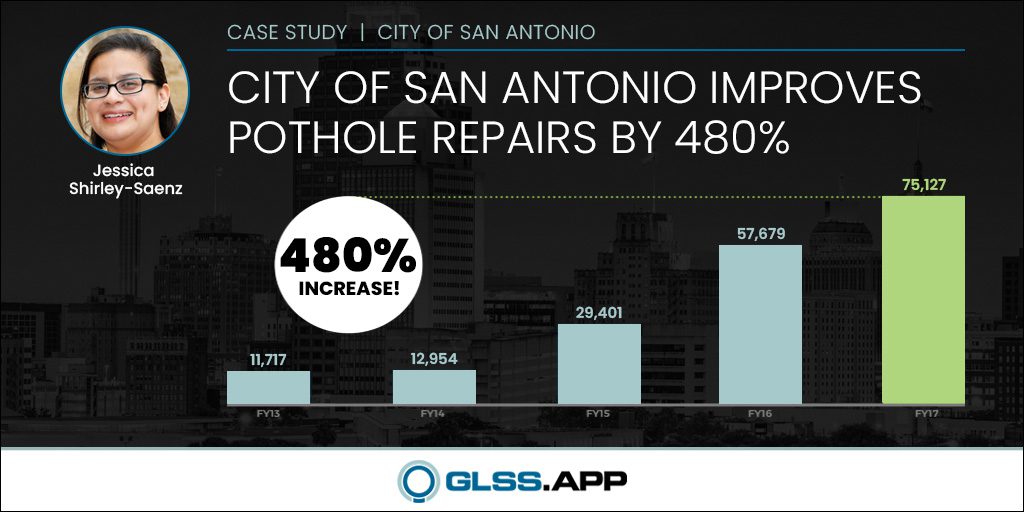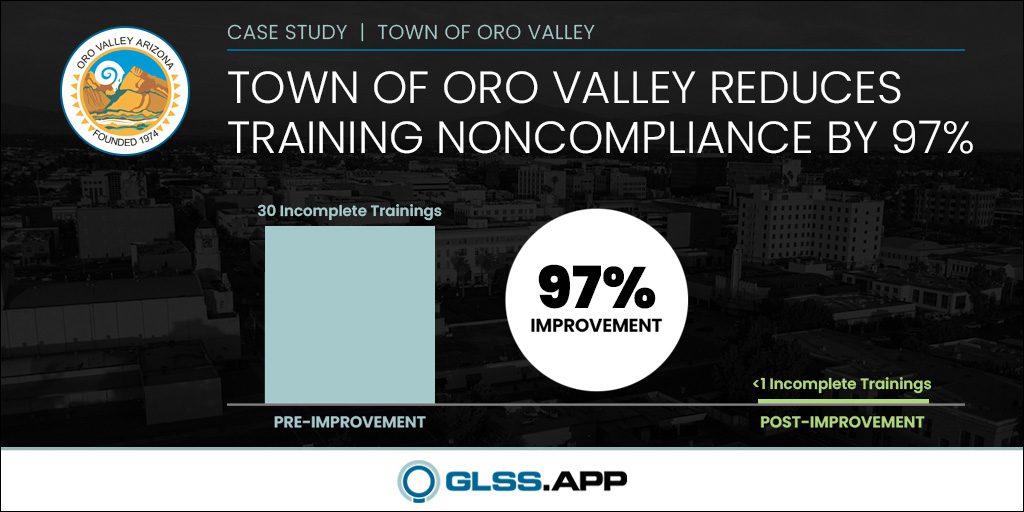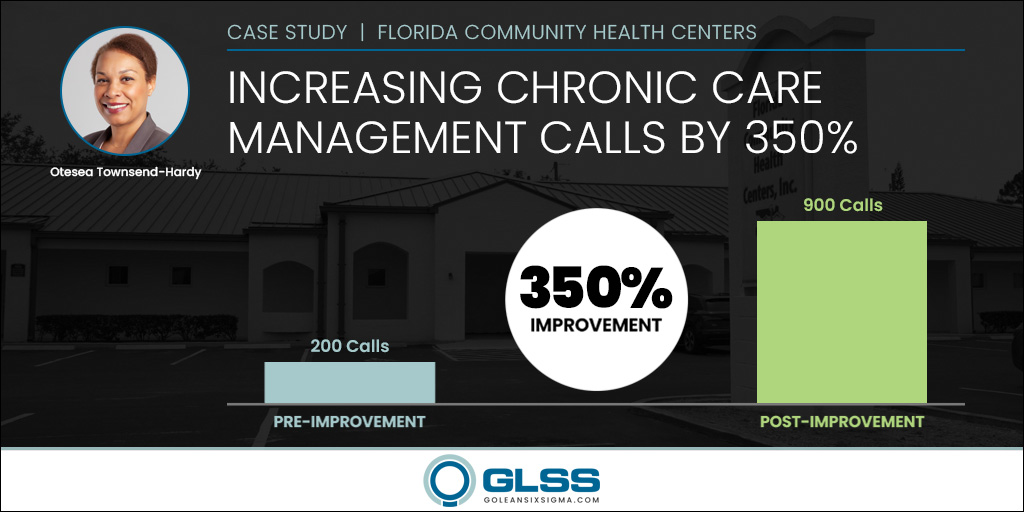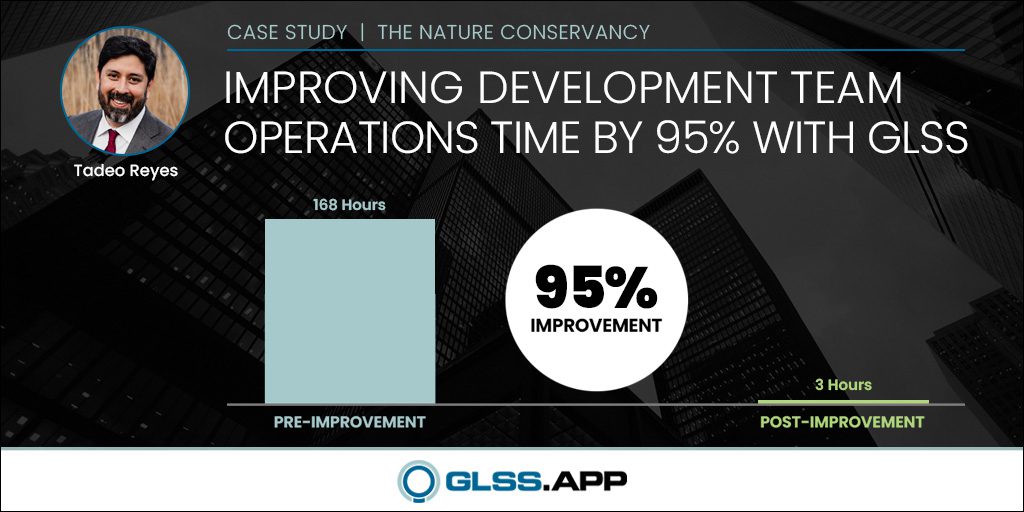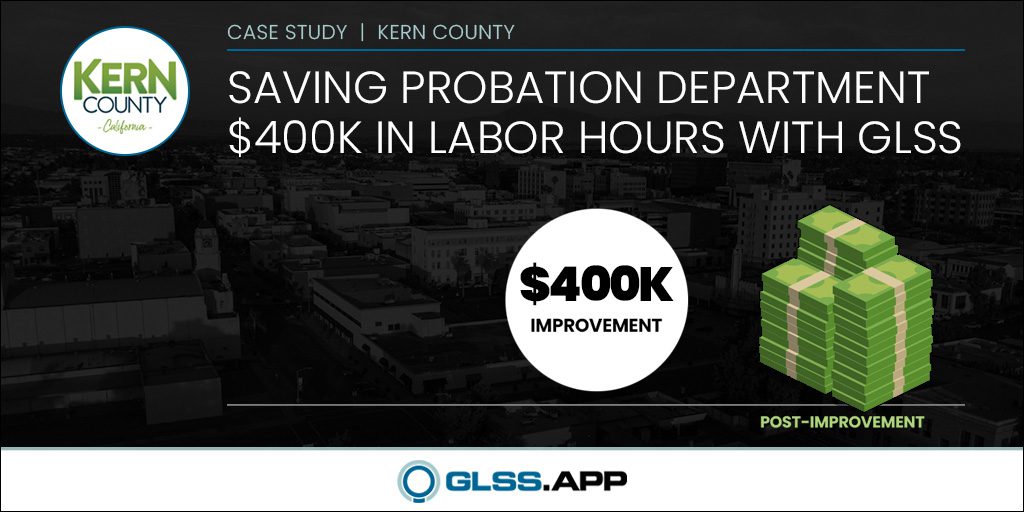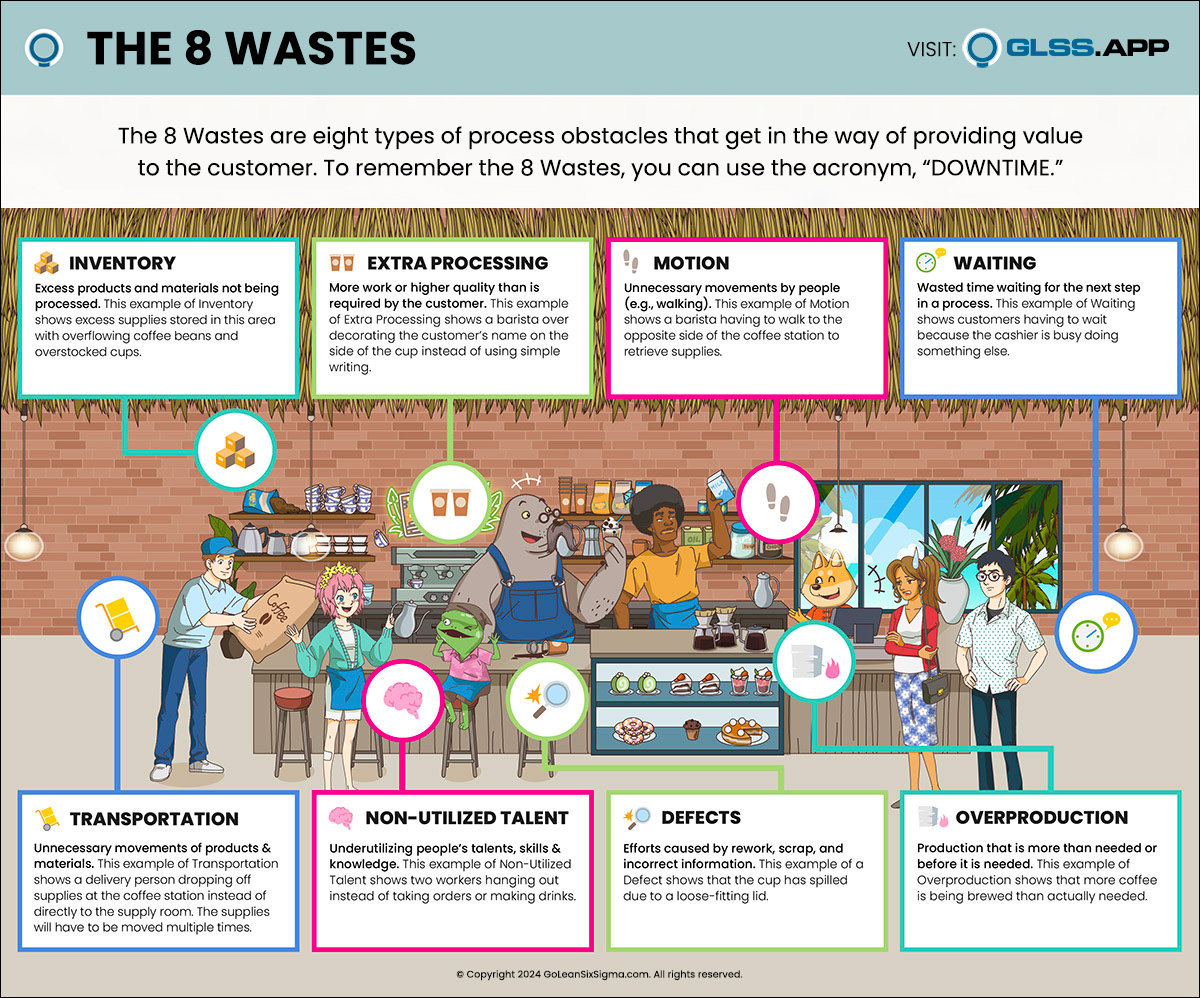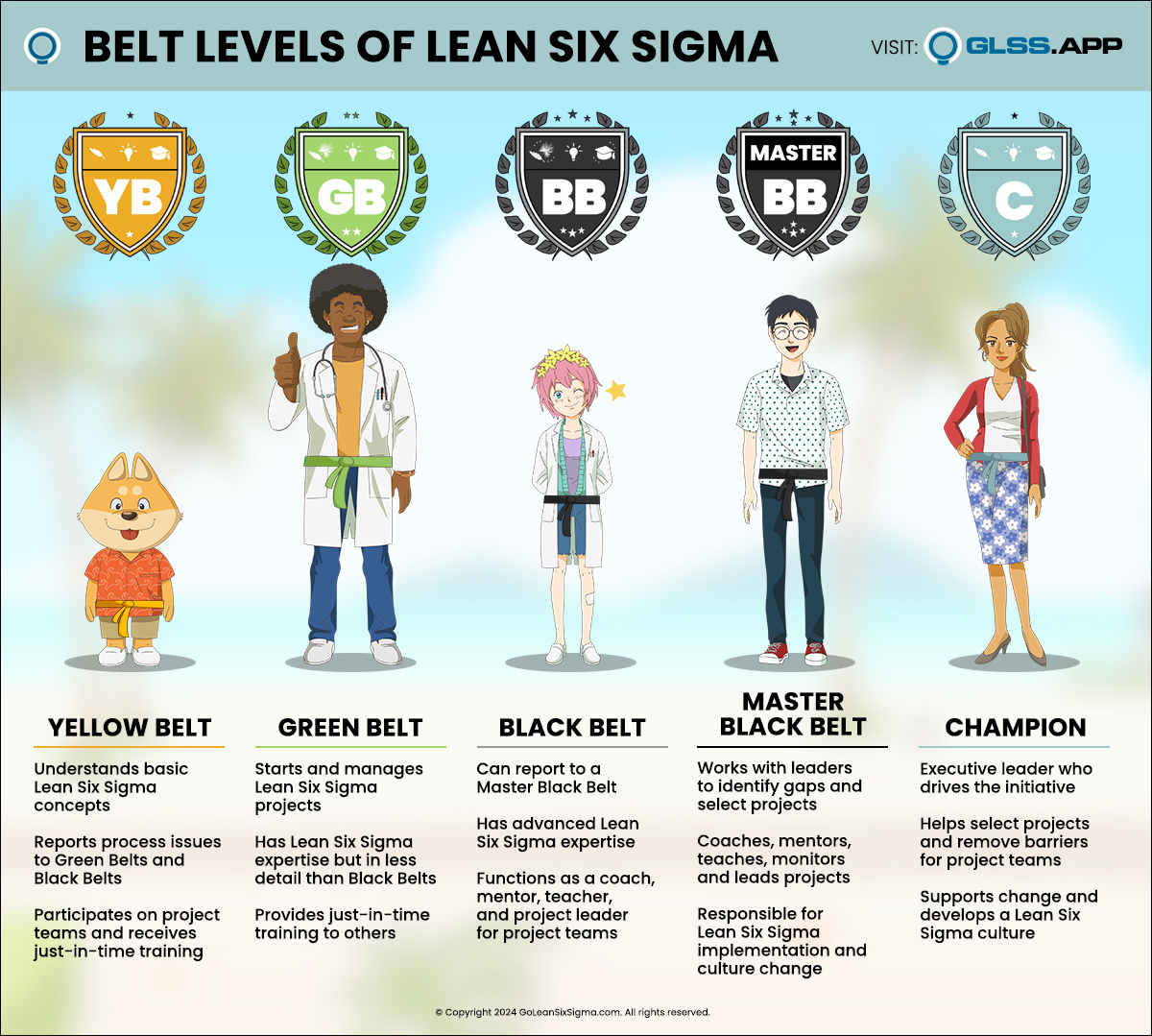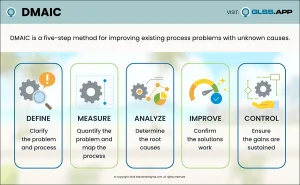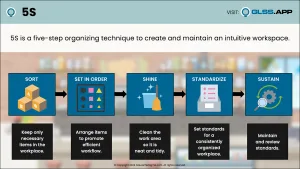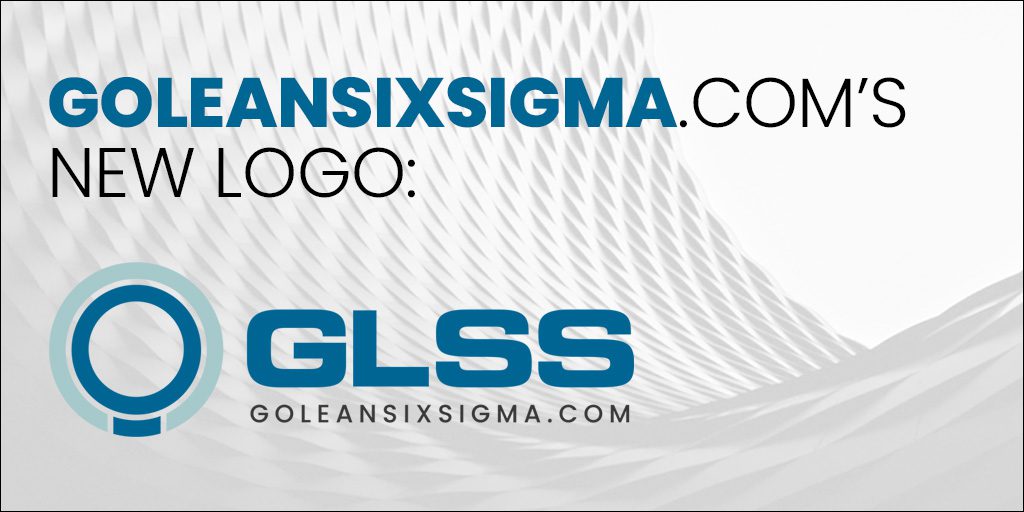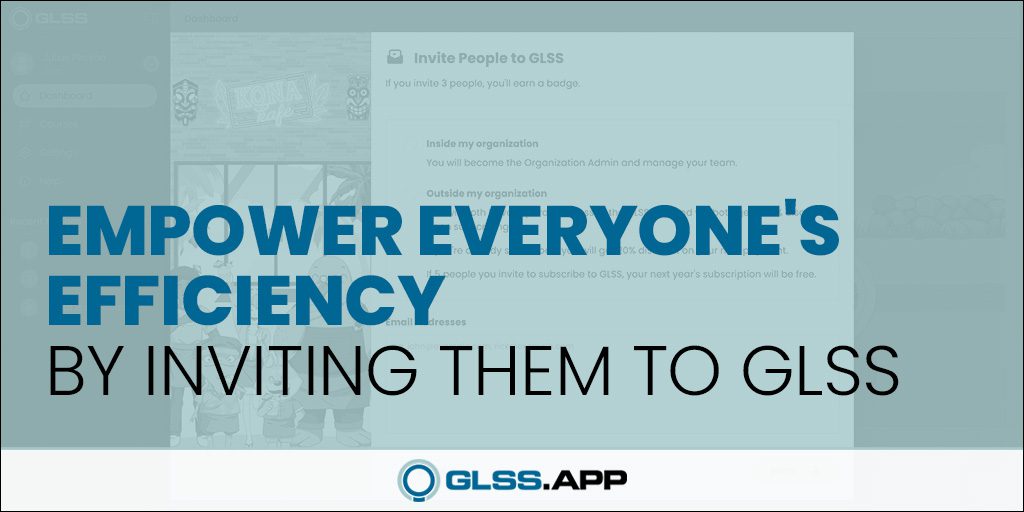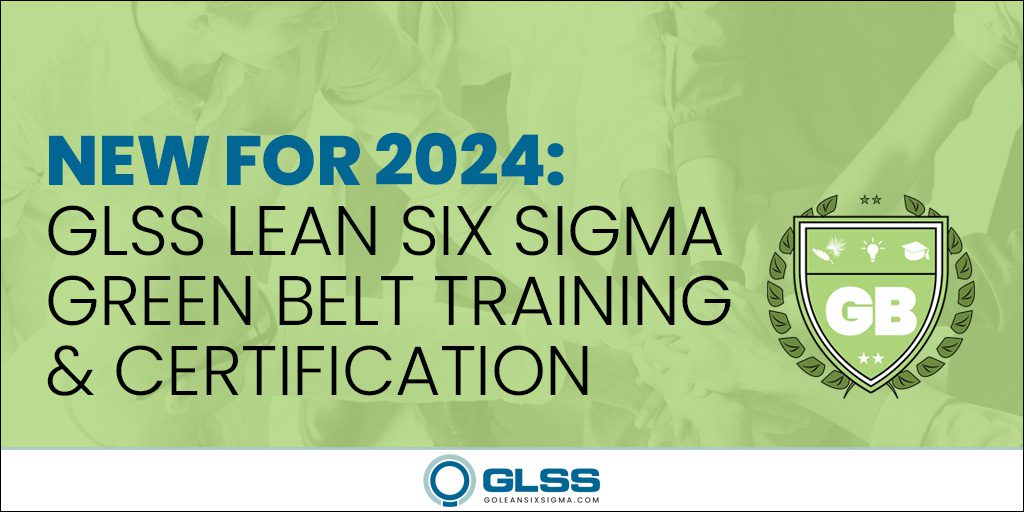
Surely everyone knows that process improvement has changed dramatically over the last 20 years, and certainly there are generational differences in the practitioners then and now.
The first post in this series, The Next Generation of Lean Six Sigma (Part 1): Then and Now, was about the generational shifts in process improvement. Part 2, Old Tools for a New World, focused on uncovering new vs old tools and how we’ve come into the next generation of Lean Six Sigma. Part 3 was all about time studies and Part 4 addressed solving the problem of COVID-19.
The Need for Process Improvement Now
There’s arguably no discipline more critical today than process improvement, with governments and industries desperately trying to support the ongoing efforts to fight the COVID-19 outbreak. As if that’s not challenging enough, many “non-essential” workers are having to do their best to help from home, and so today James and Dodd will discuss this new paradigm, and how likely it is to remain with us for a while, in Part 5: New Tools for a New Normal.
Before we get started, we’d like to reflect on the fact that some of you may have been hearing about this topic quite a bit in the last few months! Millions of people have been talking about working from home. We released a newsletter in mid-March on the very same topic. This issue is as important now as it was then—we discuss it almost every time we join a call.
The Realities of Distance
Dodd: Hey James, how’s the weather up there in Boston? It’s been a while since we’ve seen each other. I’m sure working from home is unusual for a lot of people, but it’s especially odd for those of us who are used to spending five days a week on the road (or really in airports and hotels).
James: I know what you mean. We’ve been at home for over 3 months now but it feels like far longer. I’m really starting to miss seeing the airport gate agents, rental car associates, restaurant servers, and hotel staff that we normally see every week—they were like coworkers but also friends in a way. And although I’m sure we’ll see them again someday, I’m not sure those interactions will be the same any time soon.
Dodd: And I know what you mean! Shout out to Stephanie, Ashley, Hannah, Freddie, Ethan, Keith, Abby, Tiffany, Kathy, Will, and Sabonis—all real people in Des Moines, Iowa, at the Marriott, Flemings steakhouse, and National Car Rental—are you reading this?! We miss you.
On the other hand, I’m actually starting to bond with my dogs and get some yard work done, so I’m not completely bored at home.
A Timely—Remote—Project
The main reason for that lack of boredom is that we’re fortunate to be working on an exciting project that’s been going on for about a year. We used to have the opportunity to visit our colleagues on the project in Iowa almost every week. Those visits have ended but now we’re lucky to be able to continue the project while working from home.
Of course, some jobs aren’t afforded that opportunity. We appreciate that we’re still able to work remotely with some of our clients. Some companies have even seen the downtime for their teams turn into an opportunity to invest time and effort into improvements, while waiting for the economic turnaround. It’s a great time to get some proactive work done, for those companies that can afford to invest.
James: Absolutely. We have an awesome client team with great leadership, and it’s the perfect project to be working on, particularly given the economy and current social-distancing requirements.
What Makes It Work
We have a number of positives going for us on this project that have allowed us to work remotely during the interim:
- Dispersion: Our project already included people who live in different places—a home office in Iowa, a recently acquired satellite office in Utah, a few people scattered from Wisconsin to Georgia—so we were already accustomed to doing work remotely and the transition wasn’t a great shock
- Trust: The team has been working together for a long time already, so we were able to transition to fully remote work without the growing pains of meeting each other in person for the first time on our computers. Team dinners helped build trust before the lockdown
- Criticality: The work truly needs to happen because the project will help our client’s company grow sales volumes during this difficult economy. The result will be replacing lost volume due to the economic crisis—important projects get attention, even (or especially!) in tough times
- Leadership: The CEO and the senior team are visionaries who are in the business for the long term. While they have to be careful about cash flow right now, like everybody, they’re able to justify continued investment in the project
- Technology: Our team had previously set up remote project tracking tools—SmartSheet for project management, and web-conferencing accounts—both Webex and Zoom for remote meetings. We already knew how to use the tools
Dodd: We’ve had some challenges too, of course…
James: Oh yeah, I’m not saying everything has gone perfectly…
Technology—Then and Now
Dodd: Right. Even us old-timers have used web-conference technology in the past but not at this scale. We used the teleconference functions and probably had a few of those calls per week or conducted live meetings with a handful of remote participants calling in. But now we’re using those capabilities for screen-sharing and video in multiple meetings every single day.
You Millennials were probably more comfortable with that technology transition, but the biggest thing I missed at the beginning was working visually—I like to set up flipcharts on walls and facilitate meetings by capturing ideas on Post-itsTM notes. We’ve had to do that differently by creating documents we can screen-share and type information into while everyone participates on devices. It’s similar in effect, but it requires different preparation.
James: You say you miss the Post-itsTM, but the electronic method has worked well. You may decide not to go back to all of that paper. It’ll be better for the environment too… if you’re starting to believe in the actual existence of the environment? Just kidding—kind of.
We’ve had a few other issues to overcome along the way, but we reacted quickly—for the most part our adjustments have worked.
How to Replace “Face Time”
I think the main issue for me was the reduction of informal “face time” as a team. Once we all started working from home, our project manager Tiffani recommended a “daily huddle” (on a call, of course) that hadn’t been necessary before. We borrowed a format from the client’s senior leadership team, which works great to quickly engage each person in the conversation:
4-Step Engaging Call Format
- One Good Thing: The team starts the meeting by having each person share something good—business or personal—that happened in the last day
- Yesterday and Today: Again, one at a time, each person shares a key accomplishment from the day before and a key activity or objective for the upcoming day
- Data: Team members share and discuss typical data points and/or dashboard measures of performance
- Stuck: Team members ask for help for anything they need from someone else on the team or from the company’s leadership team
The meeting often lasts about a half-hour, which is longer than a typical “live huddle” but it’s worth the time in terms of the value of the coordination.
Life Enabled by Essential Workers
Dodd: Speaking of “stuck”—it’s easy for you and me to complain about being stuck working at home, but it’s far better than the alternative—not working. I also want to say that our thoughts are with everyone who has been negatively impacted by the epidemic, whether personally or economically. We’re thinking about everyone and hoping you’re all doing well through this crisis.
James: You’re absolutely right. We should also thank all the essential workers who have enabled us non-essentials to stay safe at home. While working at home may not be optimal for our business, it’s the right thing to do to keep others safe.
I do wonder though, how long we can and will need to keep working remotely? Especially with some states reopening and others staying somewhat closed, it’s unclear when the country at large will truly open back up. Perhaps social distancing will become a longer-term standard?
What Will the New Normal Look Like?
Do you remember the days when it was considered a luxury to work from home? How about getting those pesky work-from-home (WFH) emails that conveniently arrived at 7:30 am?
I even read an article last week that Google and Facebook are going to start reopening offices in June but will allow their employees who can work from home to do so through the end of 2020. That’s another 7 months!
Dodd: You’re right. It’s not too hard at all to imagine this distancing becoming the new normal, maybe even after the virus outbreak subsides. Many companies had just begun embracing remote work before the crisis. As we’ve discussed, many of our teams have learned to use collaboration technology and interaction processes to become effective from anywhere. Why go back to work at all?
James: Wow. And you’re a Gen-Xer. Imagine what we Millennials are thinking… maybe I’ll never need to commute again, or even own another car! Probably shouldn’t get too far ahead of myself just yet…
Last time we said that our next edition would look at the data from those time studies and talk about how to use it to make improvements and enhance performance, particularly in the Control Phase. Hopefully we’ll get back to that topic soon, in a calmer time! In the meantime, we’re going to continue delving into new aspects of the COVID-19 crisis and its impact on our worlds.













